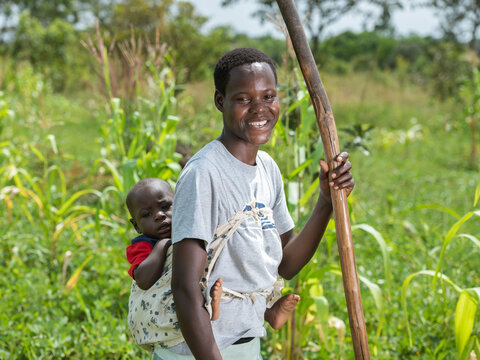OPT-SMC: Guinea project
Qualitative Evaluation of determinants of SMC uptake in the prefectures of Kankan and Siguiri

Guinea has been implementing SMC since 2015. However, coverage has varied across the years with an estimated coverage of only 41% in 2019. To explore the barriers and facilitators that may influence coverage, a qualitative evaluation was carried out in two neighboring districts, Kandan and Siguiri, with varying SMC coverage during the 2020 SMC campaign. Kandan is an agricultural district with good SMC coverage, whereas Siguiri is a mining area with low SMC coverage.
The study consisted of direct observations of SMC delivery (by observing the distribution of drug dosing in households, field reporting, communication with supervisors and the SMC management team), in-depth individual interviews, focus groups, and informal conversations with key stakeholders in SMC. These included caregivers of SMC eligible children, members of the community, social mobilizers, SMC distributors, supervisors and other key personnel involved in the delivery of SMC.
Barriers identified include lack of trust in the health system, use of drug distributors who were not from the local community, and families working away from home. A new strategy was developed based on the findings. The strategy included elements such as increasing information activities before the campaigns and using more local drug distributors from the villages to increase trust and community acceptability. These proposals were implemented in the 2021 campaigns in Siguira and initial results showed coverage had increased.
The study was presented at the ASTMH, December 2022 conference, and at the EDCTP 3 Forum in Paris, November 2023. Guinea’s paper "Redesigning the SMC strategy to ensure improved uptake in the Siguiri mining district of Guinea in 2021" is currently being reviewed by the OPT-SMC team and will soon be ready for publication.